Prantar Tamuli, an Indian student at University College London (UCL), has introduced a novel construction biomaterial that promises to revolutionize the building industry’s approach to carbon emissions. Developed as part of his MSc in Bio-Integrated Design at UCL’s Biochemical Engineering Department, this material utilizes living microorganisms to capture and sequester carbon dioxide from the atmosphere, positioning it as a potential game-changer in the ongoing battle against climate change.
The Birth of C-ELM
Tamuli's innovative creation, known as cyanobacterial engineered living material (C-ELM), incorporates living cyanobacteria into translucent panels that can be mounted on interior walls of buildings. As the microorganisms grow through photosynthesis, they absorb carbon dioxide from the air, converting it into calcium carbonate through a process called biomineralization. This not only captures carbon but also reinforces the structure of the panels, making them a sustainable alternative to conventional building materials.
The significance of this development lies in the potential environmental impact. A kilogram of C-ELM can capture up to 350 grams of carbon dioxide, while the same amount of traditional concrete would emit approximately 500 grams of CO2. To put this into perspective, a wall covered with 150 square meters of these panels could sequester about one tonne of carbon dioxide. This drastic reduction in carbon emissions could have profound implications for the construction industry, one of the largest contributors to global greenhouse gas emissions.
An Innovative Design with Historical Roots
Tamuli’s inspiration for this project stemmed from studying stromatolites, ancient structures formed by algal mats that have existed for billions of years. He focused on the cyanobacteria species *Kamptonema animale*, known for its ability to grow in long strands that easily bind to surrounding materials within the panels. The calcium carbonate produced by the cyanobacteria not only strengthens the panels but also provides a natural, sustainable solution to carbon capture.
The innovation doesn’t stop there. These panels offer a range of benefits for modern buildings. They are lightweight, which reduces the overall structural load, sound-absorbing, which improves acoustics, and translucent enough to allow natural light to pass through, enhancing the aesthetic appeal of spaces. Additionally, the panels provide thermal insulation, improving energy efficiency and reducing the need for artificial heating and cooling.
A Vision for the Future
Tamuli's vision for C-ELM extends beyond its immediate applications. “My goal with developing C-ELM is to shift the construction of our future human habitats from being a significant carbon-emitting activity to one that actively sequesters carbon,” he stated. This shift, if widely adopted, could mark a significant milestone in the global effort to combat climate change. The potential for this biomaterial to be scaled up and implemented on a large scale could drastically reduce the construction industry’s carbon footprint.
This innovation has not gone unnoticed. Professor Marcos Cruz, of UCL’s Bartlett School of Architecture and co-director of the Bio-Integrated Design Programme, highlighted the potential impact of this material. “The potential of this biomaterial is immense. If scaled up and widely implemented, it could significantly reduce the construction industry’s carbon footprint,” Cruz remarked.
The first public display of these panels took place inside the "Bioscope" pavilion at St Andrews Botanic Garden in Scotland. This exhibition, designed by the collective Studio Biocene, showcased low-carbon, nature-inspired construction methods, offering a glimpse into what the future of sustainable building might look like. The installation attracted significant attention from both the public and industry professionals, marking the beginning of what could be a transformative journey for the construction sector.
Overcoming Challenges
Tamuli’s journey to develop C-ELM was not without challenges. The project was conceived during the Covid-19 lockdown in London, a time when access to laboratories and research facilities was severely restricted. Undeterred, Tamuli innovated new methods to culture cyanobacteria at home, demonstrating resilience and adaptability in the face of adversity. This period of isolation and experimentation proved crucial in refining the design and functionality of C-ELM.
Dr. Brenda Parker, Co-Director of the Bio-Integrated Design Programme, emphasized the importance of interdisciplinary collaboration in achieving such breakthroughs. By breaking down traditional disciplinary barriers, we can enable breakthroughs like these. Biotechnology is now in a position to transform sustainable design and construction,” she noted. The success of C-ELM underscores the importance of integrating biological sciences with architectural and engineering disciplines to address the environmental challenges of our time.
Looking Ahead
The future of C-ELM looks promising. UCL’s commercialisation company, UCL Business, has already filed a patent for the technology, signaling the beginning of what could be a commercial rollout. If adopted on a global scale, C-ELM could pave the way for a new era of construction, where buildings not only serve as shelters but also as active participants in the fight against climate change.
As the construction industry continues to seek ways to reduce its carbon footprint, innovations like C-ELM will play a crucial role in shaping a more sustainable and resilient world. The journey from a lockdown innovation to a potentially transformative construction material is a testament to the power of ingenuity and determination in addressing some of the most pressing challenges of our time.
Image source- ucl.ac.uk

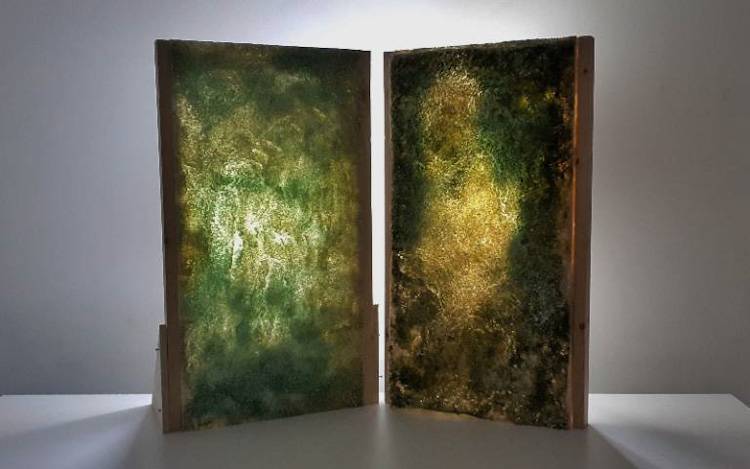


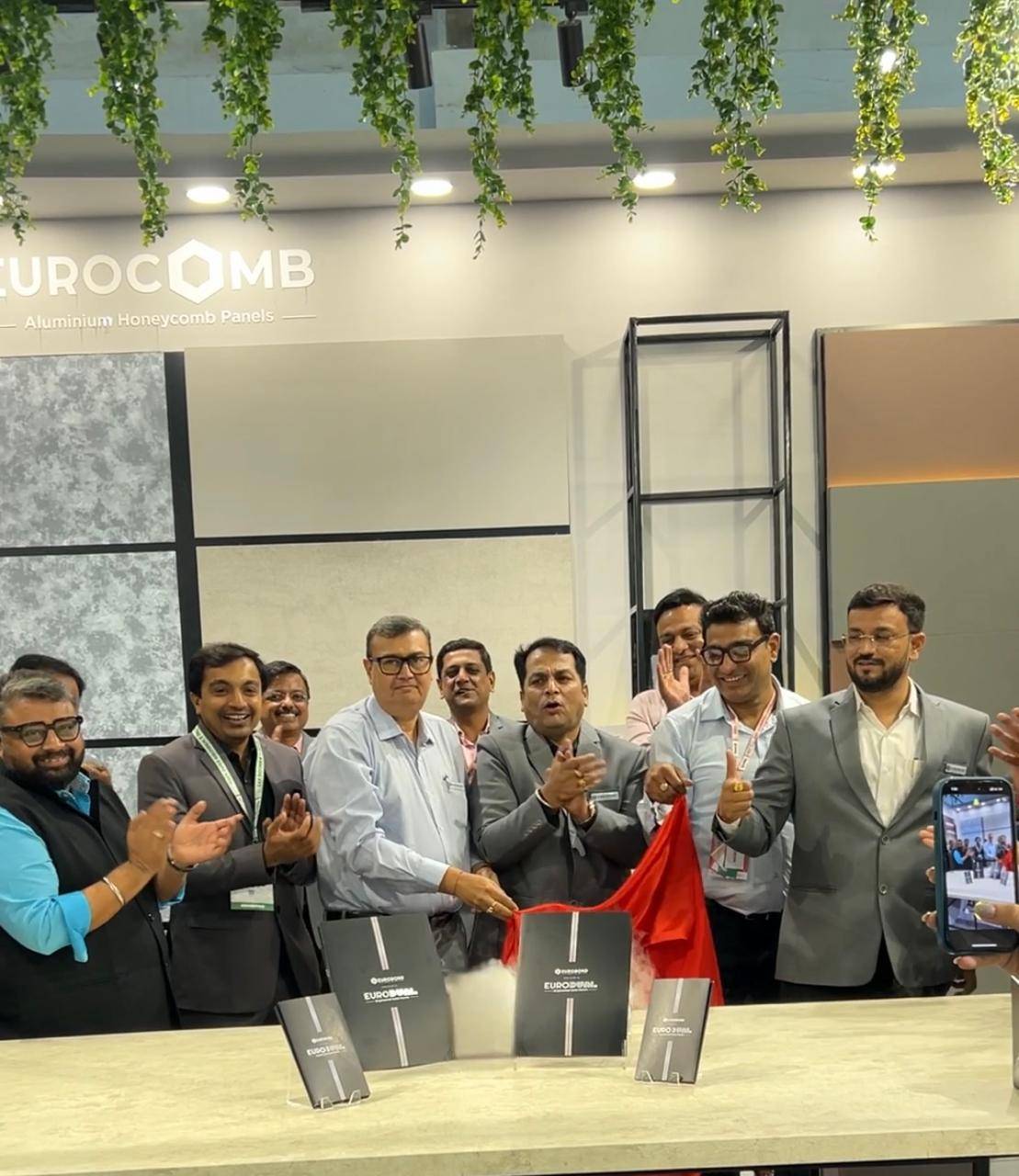
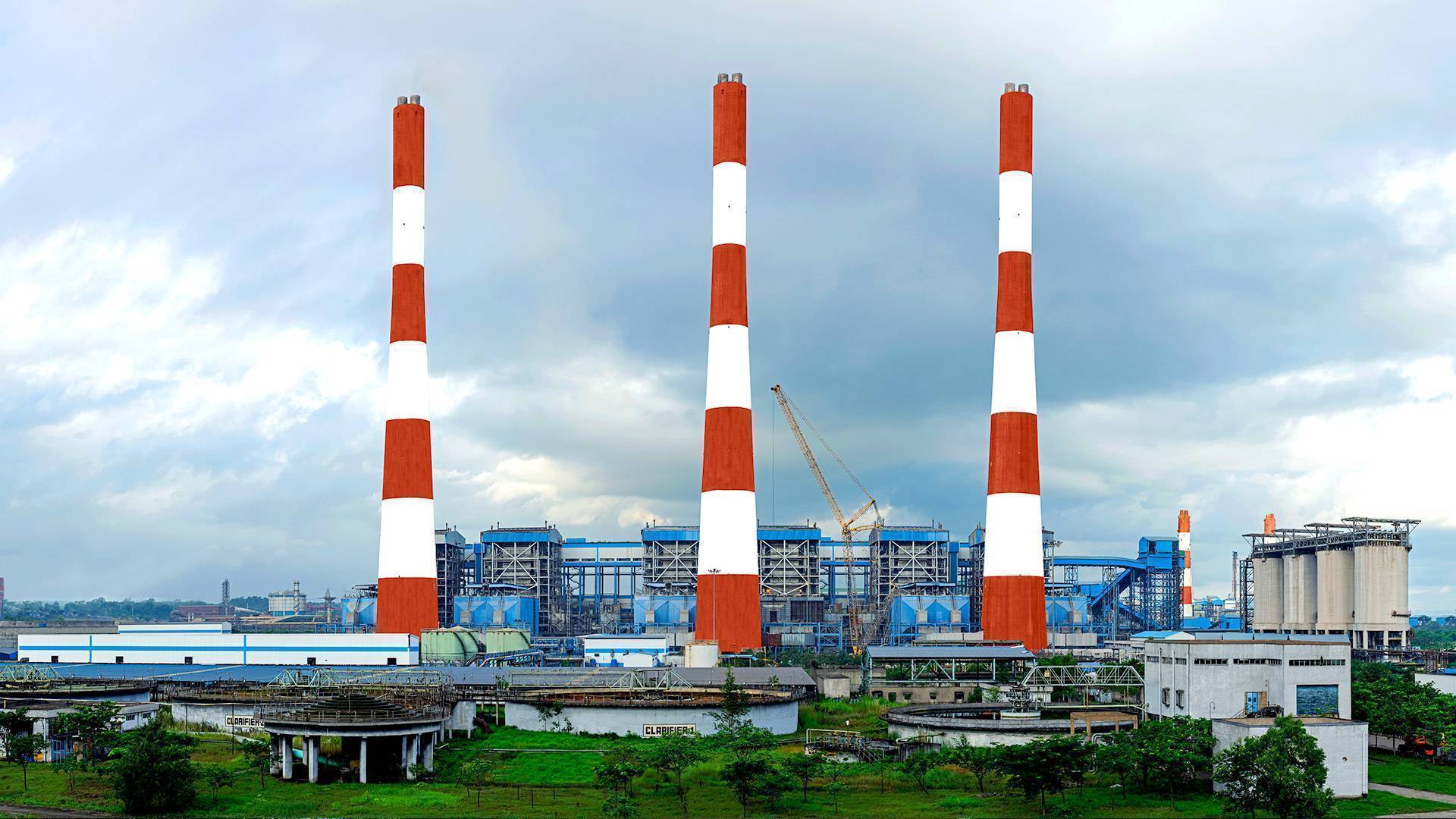
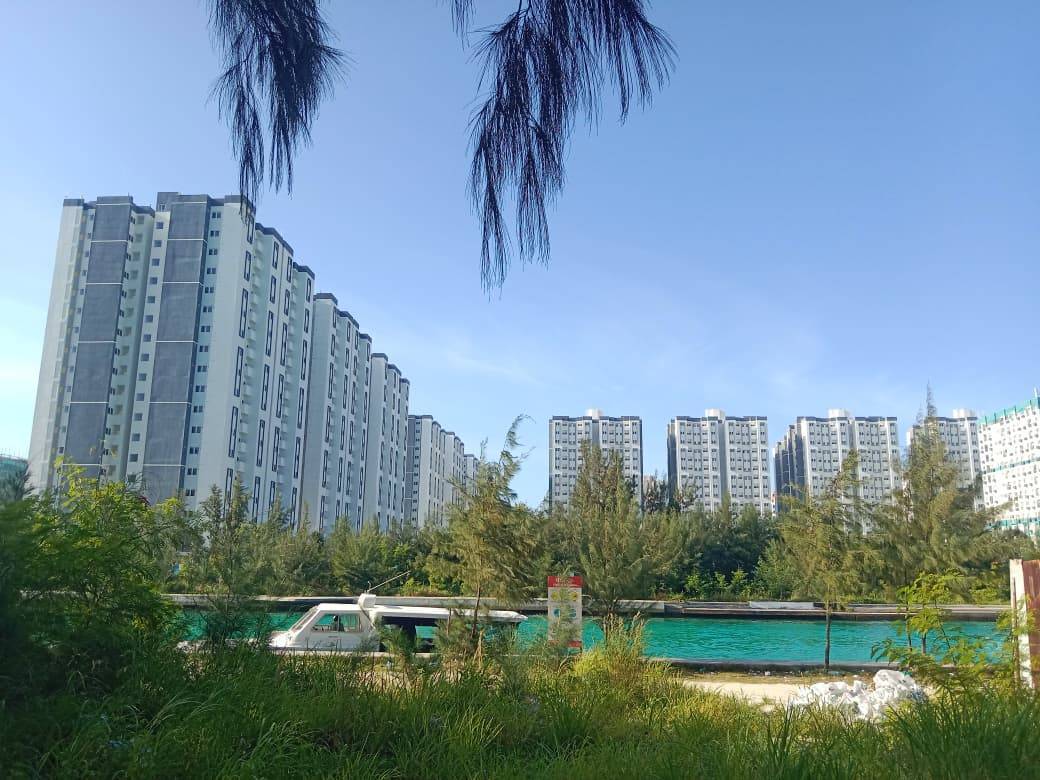
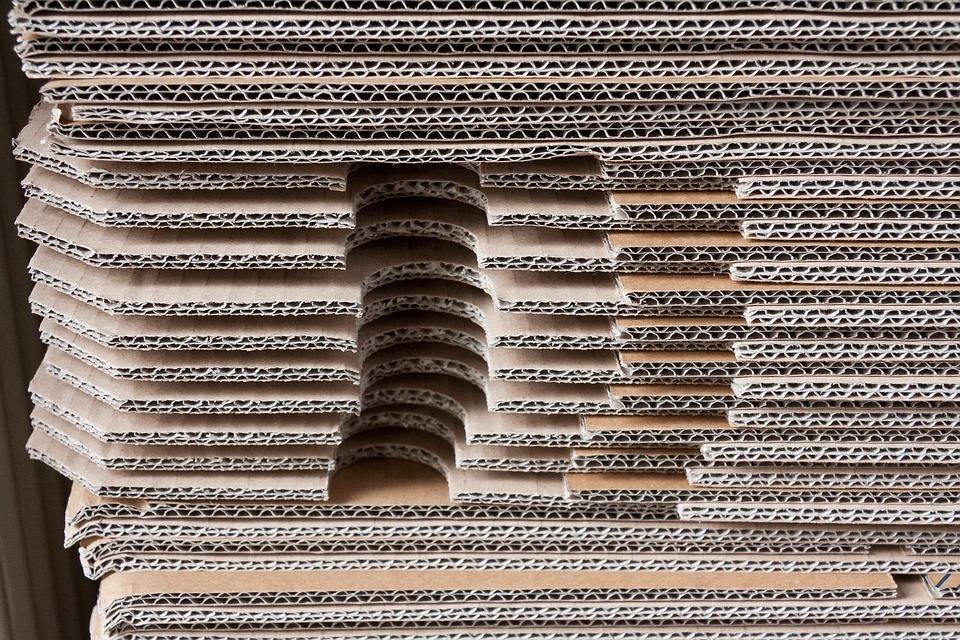
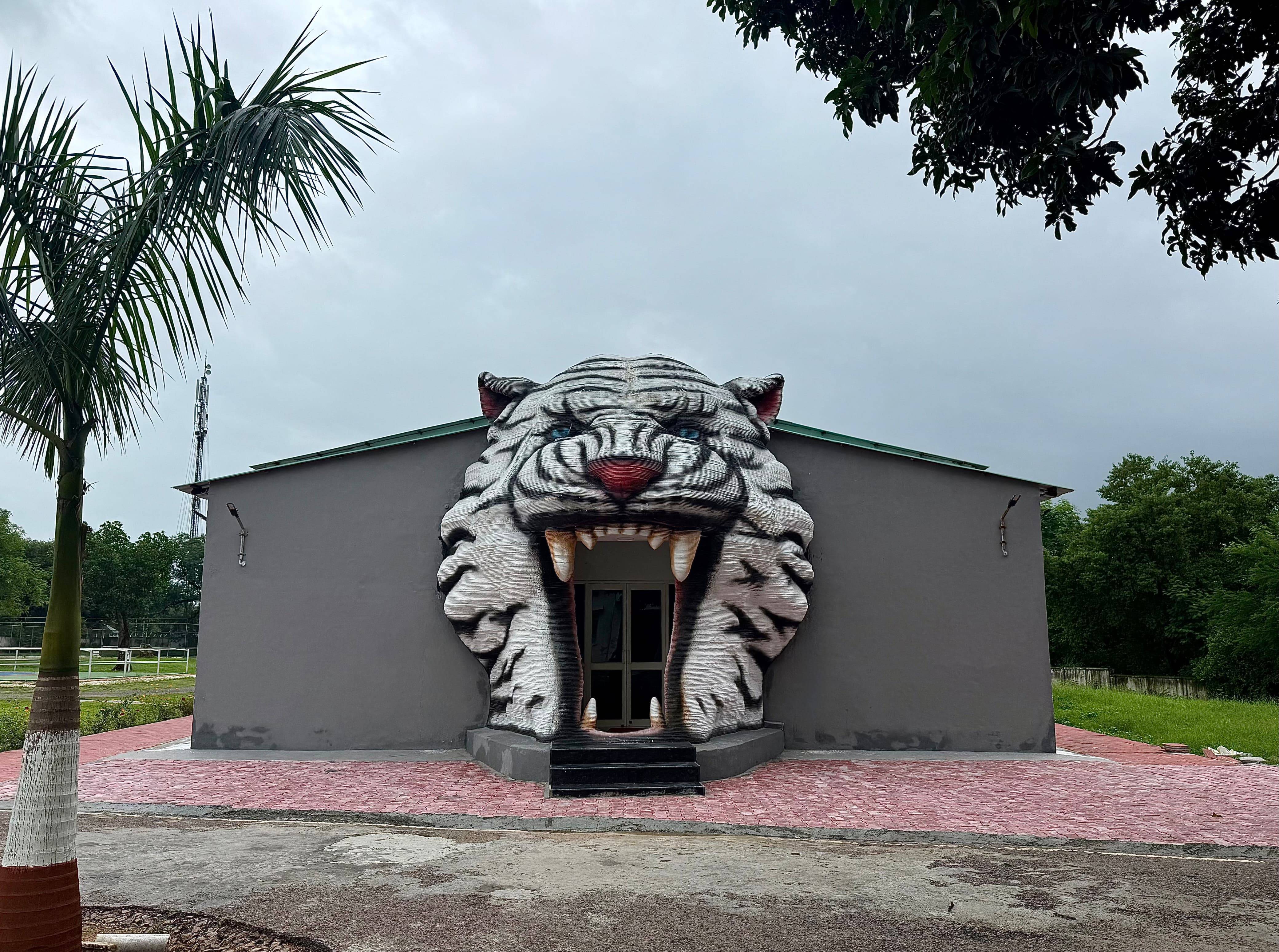
.png)